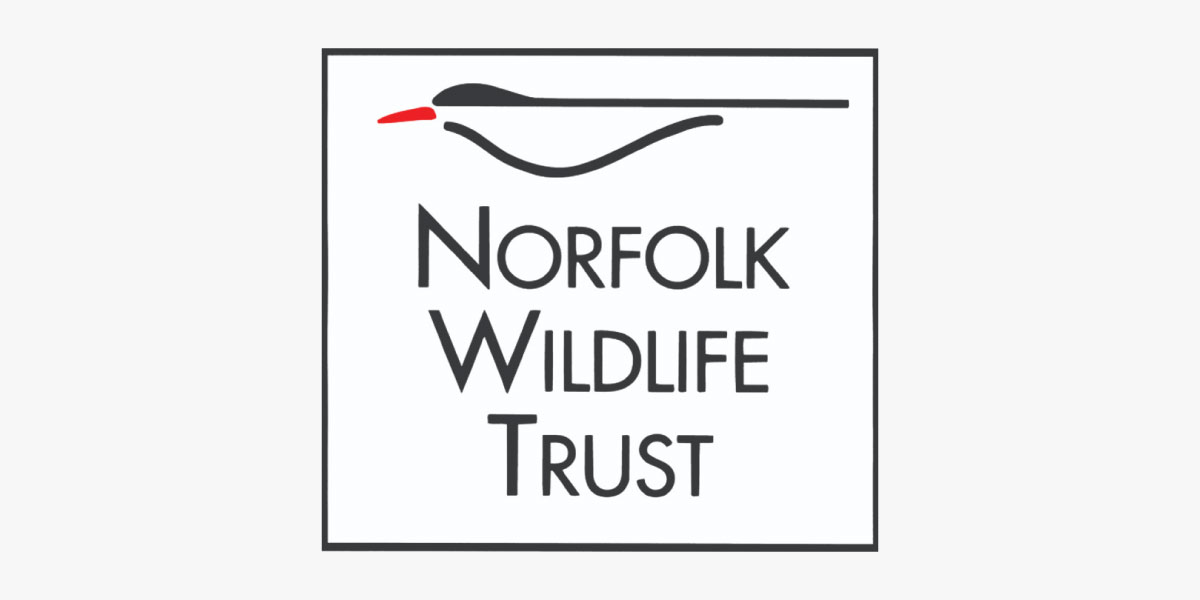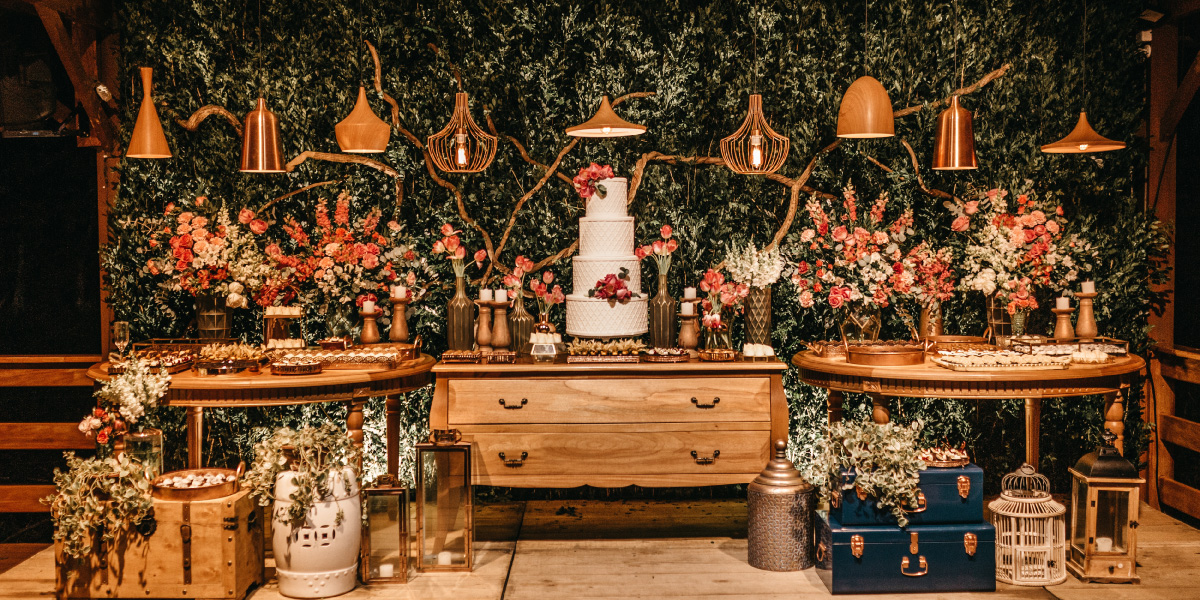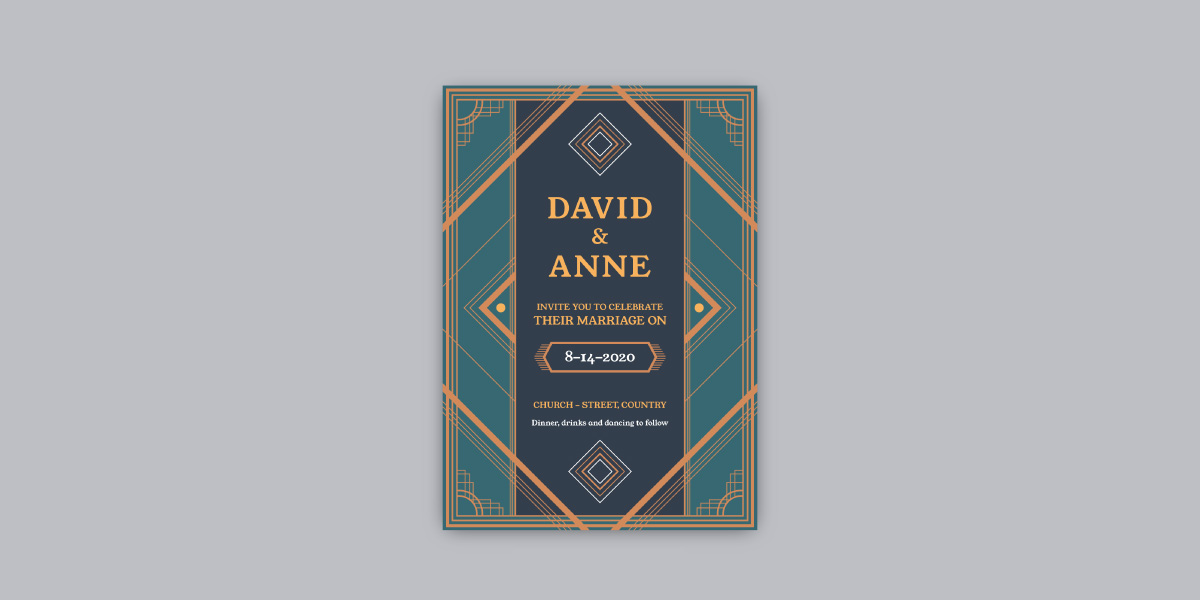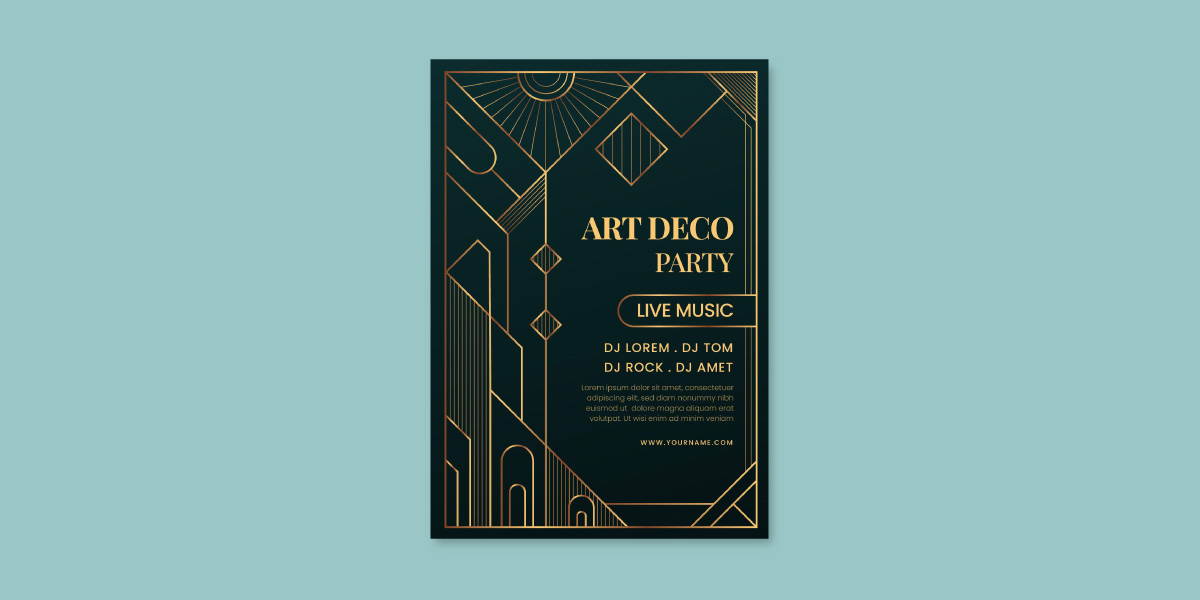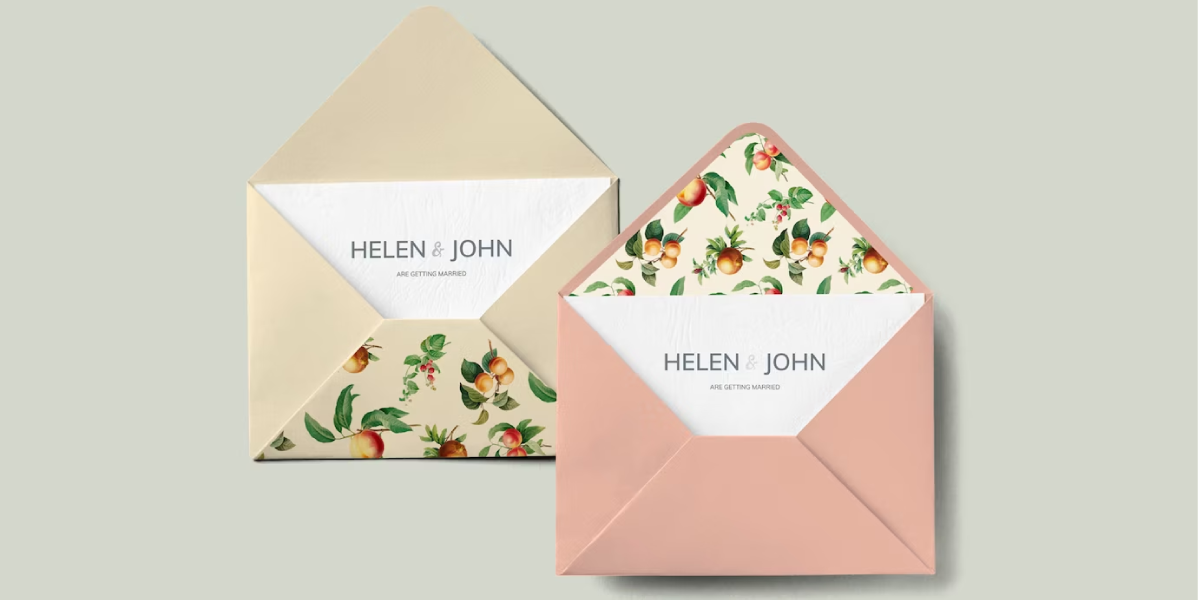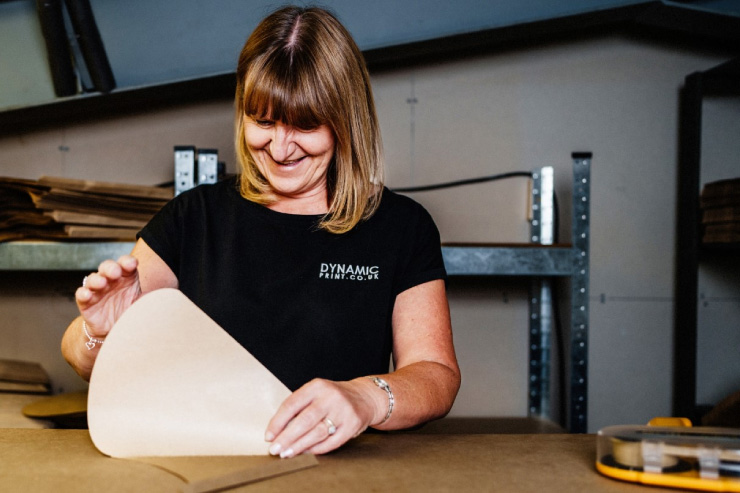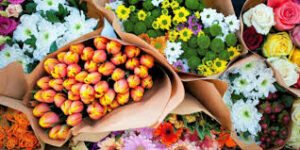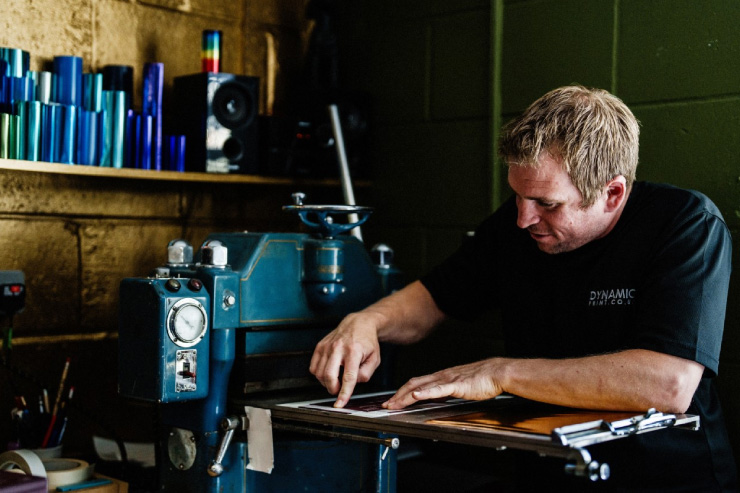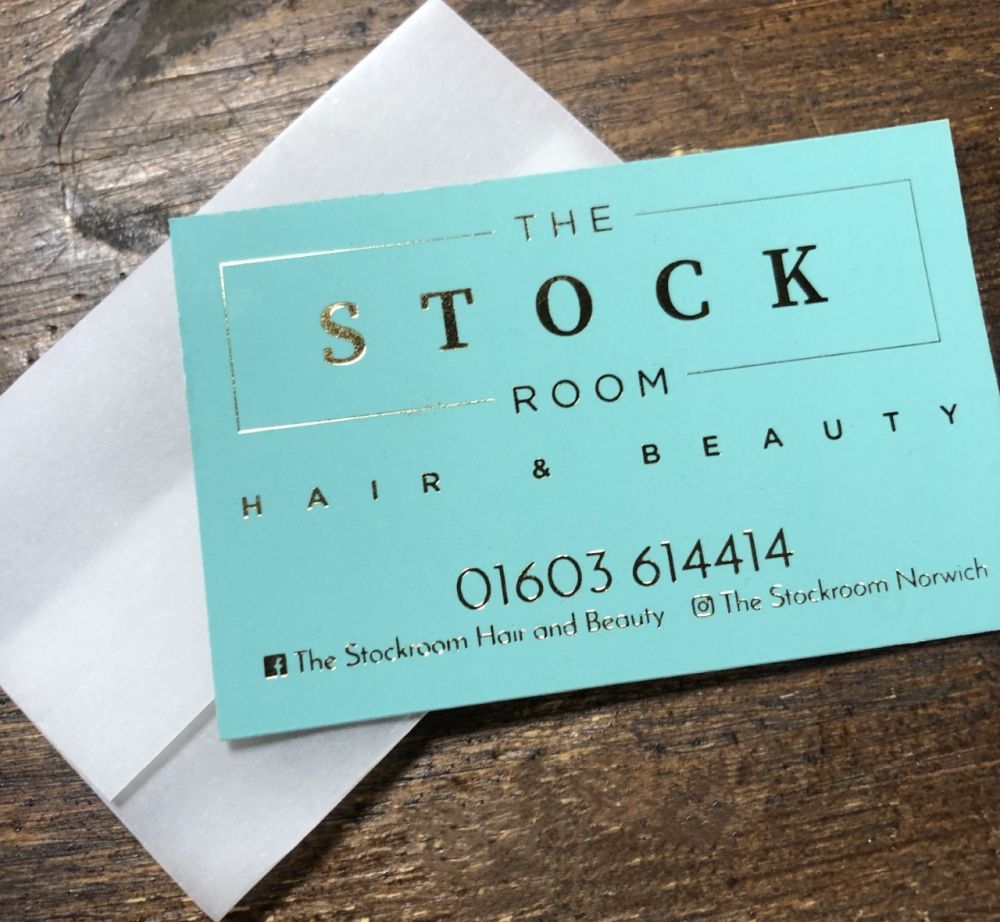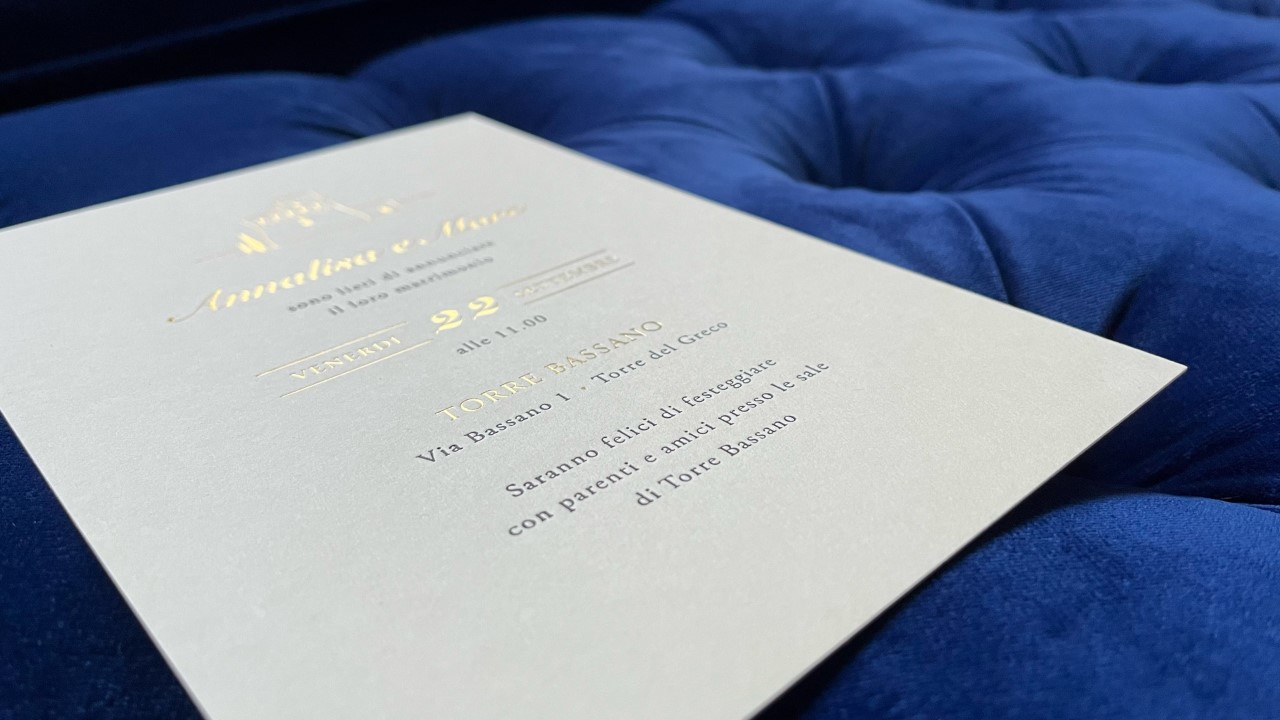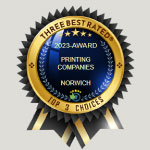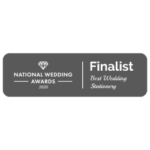At the peak of Lockdown 2020, we decided to take on the challenge of re-wilding our disused industrial estate garden behind our office unit, being South facing we knew this would give us a great opportunity of growing fruit and vegetables. After three years of getting stuck in with our green fingers we all now have a thriving Wildlife garden, full of various birds, bees, insects and more recently wild rabbits and a hedgehog came in to visit.
Our Industrial estate garden has attracted lots of attention from many different organisations, and more recently we have had the pleasure of hosting the team from the Norfolk Wildlife Trust, We took them on the journey around the garden highlighting the parts we have developed and changed to include our new pond area and they especially loved our flower patches which has been grown from our paper made from wildflower seeds, recycled paper & cotton and showed them how we have changed the way we thought about how we can encourage the pollinators to enjoy our space, which includes planting certain vegetables, various fruit trees and to include an upcycled pallet for a compost heap.
The Norfolk Wildlife Trust gave us some great feedback following their visit and we are proud to have our efforts recognised by their organisation.
They wrote,
“A massive thank you to you and your lovely colleague, Mark, who showed us around the garden and print workshop. I can safely say that you blew us all away!
Your wildlife garden is a total surprise when coming in from the industrial estate and it is full of interest and colour.
Then the breadth and innovation of your print service , – a world I knew nothing about, but absolutely fascinating. It’s so inspiring to hear of all of the ways you are helping the environment.
– it’s wonderful to think that small businesses like yours are leading the way, not for profit but because it’s the right thing to do.”
The Norfolk Wildlife Trust has since come back to work with us in a new pilot scheme of rewilding other business industrial estate gardens on the North Norwich Estate.
Please watch this space …
